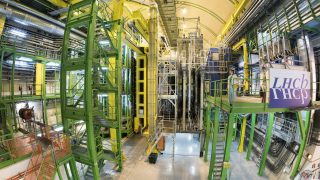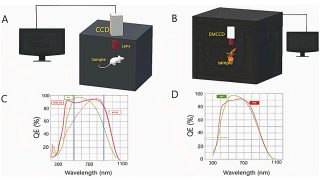
Why our universe is made up of matter and not antimatter
Why didn’t the universe annihilate itself moments after the big bang? A new finding at Cern on the French-Swiss border brings us closer to answering this fundamental question about why matter dominates over its opposite – antimatter. Author: William Barter, UKRI Future Leaders Fellow, University of Edinburgh Much of what we see in everyday life […]








